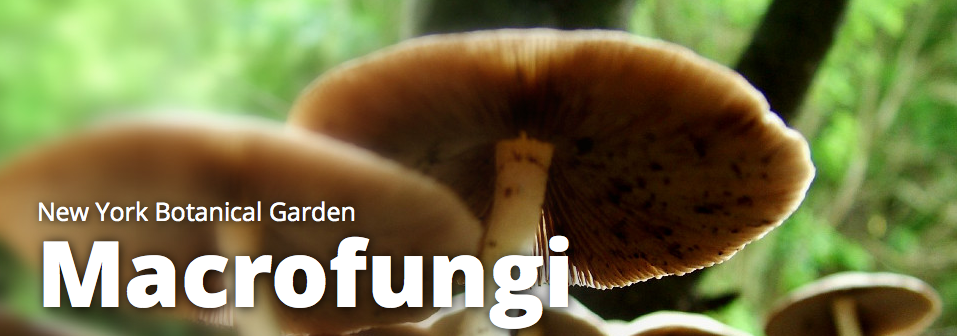Earth Day Everyday: Citizen Scientists Making Plant Research Available to All
Posted in Applied Science on April 21, 2014 by Barbara Thiers
Barbara M. Thiers, Ph.D., is the Patricia K. Holmgren Director of the William and Lynda Steere Herbarium and Vice President for Science Administration at The New York Botanical Garden.
Every year around Earth Day, many people wonder if there is anything they can do that will make a difference in the effort to understand and preserve our environment. Of course there is! There are all kinds of volunteer projects for all sorts of interests. Here at The New York Botanical Garden, for instance, volunteers are helping us make a critical part of our scientific collection available online so researchers everywhere can have easy access to the information.
The William and Lynda Steere Herbarium is taking part in a citizen-scientist transcription project called Notes from Nature, which enlists volunteers to help make the contents of the world’s biological collections accessible to the public through the Internet. Notes from Nature is part of Zooniverse, which has enlisted volunteers to look for new planets and transcribe climate data from ships’ logs. Notes from Nature is celebrating its first anniversary this week and also an important milestone: its volunteers have completed a half million transcriptions!
Currently, Notes from Nature hosts four collections, one of which is the Macrofungi Collection Consortium, which I and fellow Botanical Garden scientist Roy Halling, Ph.D., direct. The goal of the project is to digitize all specimens of mushroom-like fungi held in the 35 participating U.S. museums, botanical gardens and universities, including the Steere Herbarium. When complete, information from about 2 million specimens collected during the past 150 years will be available through MycoPortal, the consortium website.
Mushrooms, puffballs, and conks are all macrofungi. They are important to humans in many ways. For a start, many people like to eat them, but some species are deadly poisonous. Macrofungi are critical to the health of our forests, and recently it has also been discovered that they can play a role in the cleanup of environmental disasters. Through a process called “mycoremediation,” macrofungi are able to break down or remove contaminants such as pesticides and fuel oils.
Despite their importance, we still do not know how many different macrofungi species there are or what factors control when and where they grow. Online access to the collections that will be provided through this project will help scientists answer the many remaining questions about macrofungi.
But one of the challenges to making these specimens available online in a searchable database is that their labels are often filled with handwritten notations about where and when they were collected that have to be read by people, not computers. That’s where Notes from Nature volunteers come in: by transcribing the information on the labels, they are playing a critical role in making the digital record complete so the information can be used by anyone with access to the Internet.
Environmental challenges can seem overwhelming until they’re broken down into manageable pieces. That’s what Notes from Nature volunteers are doing—making a vast amount of vital scientific information available, one specimen at a time.
The Macrofungi Collection Consortium digitization project is funded by the National Science Foundation.


